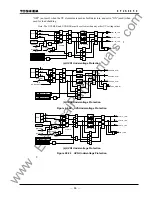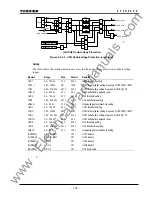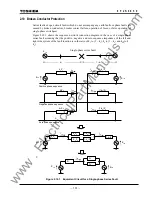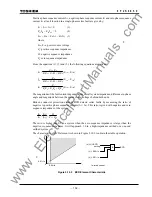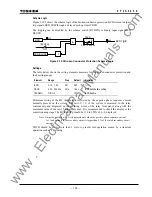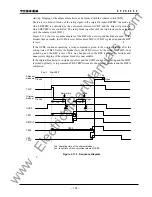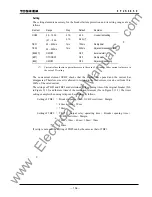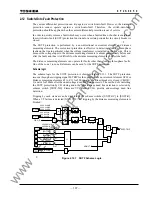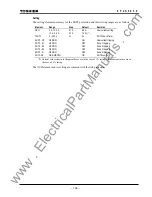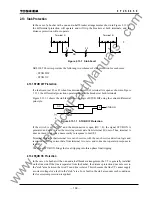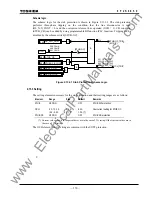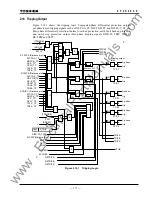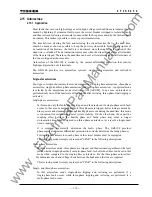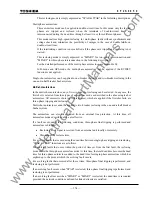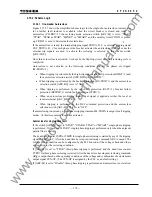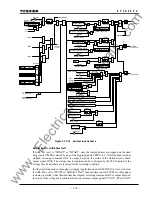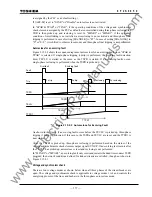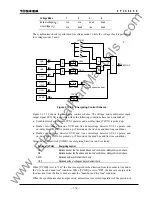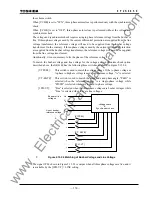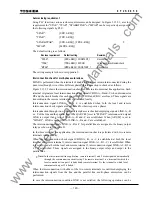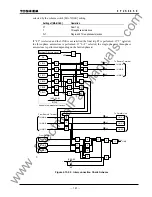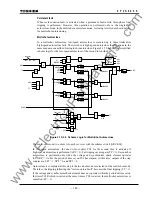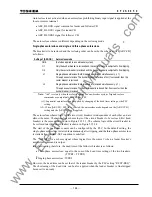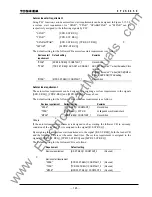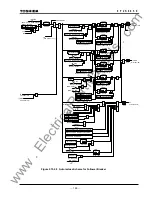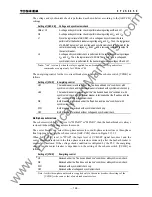
113
6
F
2
S
0
8
5
0
2.15 Autoreclose
2.15.1 Application
Most faults that occur on high-voltage or extra-high-voltage overhead lines are transient faults
caused by lightning. If a transient fault occurs, the circuit breaker is tripped to isolate the fault,
and then reclosed following a time delay to ensure that the hot gases caused by the fault arc have
de-ionized. This makes it possible to recover power transmission.
The time between clearing the fault and reclosing the circuit breaker, that is, the dead time,
should be made as short as possible to keep the power system stable. From the viewpoint of
de-ionization of the fault arc, the fault arc is de-ionized more thoroughly as the period of this
dead time is extended. The de-ionization commences when the circuit breakers for all terminals
of the line are tripped. Therefore, the dead time can be set at its minimum level if all terminals of
the line are tripped at the same time.
Autoreclose of the GRL100 is started by the current differential protection that ensures
high-speed protection of all terminals.
The GRL100 provides two autoreclose systems, single-shot autoreclose and multi-shot
autoreclose.
Single-shot autoreclose
Four types of single-shot autoreclose mode are provided: single-phase autoreclose, three-phase
autoreclose, single- and three-phase autoreclose, and multi-phase autoreclose. An optimal mode
is selected by the autoreclose mode selection switch [ARC-M]. In any case, autoreclose is
performed only once. If the fault state still continues after reclosing, three-phase final tripping is
activated.
Single-phase autoreclose:
In this mode, only the faulty phase is tripped, and then reclosed if a single-phase earth fault
occurs. In the case of a multi-phase fault, three phases are tripped, but reclosing is not made.
Since power can be transmitted through healthy phases even during the dead time, this mode
is convenient for maintaining power system stability. On the other hand, the capacitive
coupling effect between the healthy phase and faulty phase may cause a longer
de-ionization time when compared to a three-phase autoreclose. As a result, a longer dead
time is required.
It is essential to correctly determine the faulty phase. The GRL100 provides
phase-segregated current differential protection to correctly determine the faulty phase(s).
For single-phase autoreclose, each phase of the circuit breaker must be segregated.
This reclosing mode is simply expressed as "SPAR" in the following descriptions.
Three-phase autoreclose:
In this autoreclose mode, three phases are tripped, and then reclosed regardless of the fault
mode, whether single-phase fault or multi-phase fault. A shorter dead time can be set in this
mode when compared to the single-phase autoreclose. For the three-phase autoreclose,
synchronism check and voltage check between the busbar and the line are required.
This reclosing mode is simply expressed as "TPAR" in the following descriptions.
Single- and three-phase autoreclose:
In this autoreclose mode, single-phase tripping and reclosing are performed if a
single-phase fault occurs, while three-phase tripping and reclosing are performed if a
multi-phase fault occurs.
www
. ElectricalPartManuals
. com
Summary of Contents for GRL100-701B
Page 329: ... 328 6 F 2 S 0 8 5 0 w w w E l e c t r i c a l P a r t M a n u a l s c o m ...
Page 339: ... 338 6 F 2 S 0 8 5 0 w w w E l e c t r i c a l P a r t M a n u a l s c o m ...
Page 351: ... 350 6 F 2 S 0 8 5 0 w w w E l e c t r i c a l P a r t M a n u a l s c o m ...
Page 381: ... 380 6 F 2 S 0 8 5 0 w w w E l e c t r i c a l P a r t M a n u a l s c o m ...
Page 413: ... 412 6 F 2 S 0 8 5 0 w w w E l e c t r i c a l P a r t M a n u a l s c o m ...
Page 417: ... 416 6 F 2 S 0 8 5 0 w w w E l e c t r i c a l P a r t M a n u a l s c o m ...
Page 453: ... 452 6 F 2 S 0 8 5 0 w w w E l e c t r i c a l P a r t M a n u a l s c o m ...
Page 457: ... 456 6 F 2 S 0 8 5 0 w w w E l e c t r i c a l P a r t M a n u a l s c o m ...
Page 473: ...w w w E l e c t r i c a l P a r t M a n u a l s c o m ...

